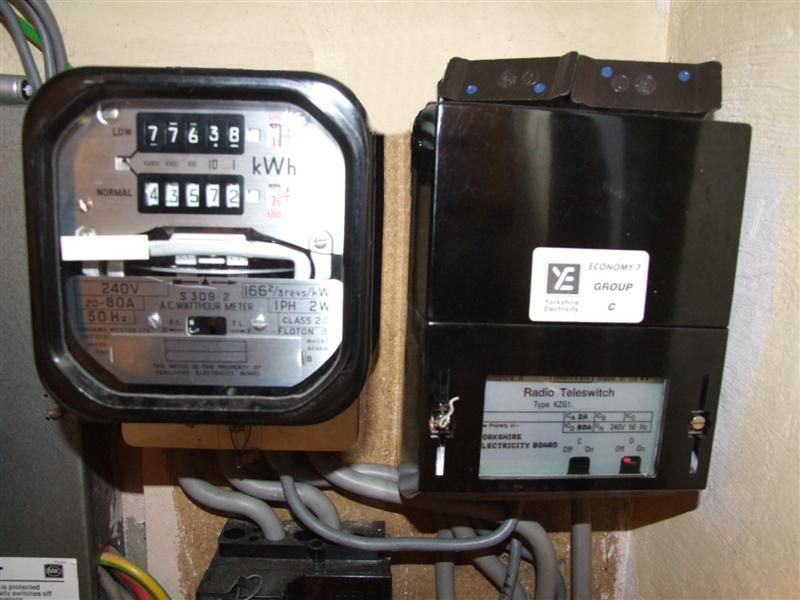Electricity Market Reform Costs: Why am I Being Charged For It?

What is the Electricity Market Reform?
Electricity Market Reform (EMR) is a government initiative which aims to 'transform the UK's electricity system to ensure that our future electricity supply is secure, low-carbon and affordable' - basically, a tax that will help the UK build better energy infrastructure.
Around 20% of the UK's existing electricity generators are due to shut down in the next 15 years, as many of them are powered by gas, which is not environmentally friendly.
Therefore, EMR helps the UK's government make investments to generate enough electricity to meet demand in the future.
Is Electricity Market Reform a supplier cost or end user cost?
The Electricity Market Reform costs are a cost that is given to the supplier, some suppliers, such as DRAX and Pozitive, pass this cost on the end user, which might make your original quote look much cheaper than it is.
For example, if your business uses 300,000 kWh of electricity per year, you would face excess fees of £5,259.75 which may have been excluded from your original quote.
In 2024, here were the costs associated to energy suppliers and misfortunate end users.
Calculate My EMR Costs
Enter your annual electricity usage (kWh) and click "Calculate" to see the monthly and total EMR fees.
The main components of the Electricity Market Reform are:
1. Contracts for Difference (CfD) - Contracts for Difference (CfD) is a scheme to motivate investments in new, low-carbon electricity generation. CfD is a long-term contract between a government-led Low Carbon Contracts Company (LCCC) and large-scale renewable electricity generators (such as large wind farms).
2. Capacity Market (CM) - The Capacity Market (CM) aims to ensure that there is enough electricity to meet peak demand, protecting the UK against risks of future blackouts, for example, during periods of low wind generation and high demand.
How does the Electricity Market Reform affect customers?
Some suppliers, such as Drax and Pozitive Energy (PE), include EMR charges separately in their energy bills and may not mention it clearly on their original quote.
If you have a half-hourly meter, your EMR charges will be listed under the 'Taxes, Levies and Other Statutory Obligations' section of your energy bill.
Taxes, levies and other statutory obligation charges include:
- HCfD Operational Levy: Covers the cost of administrating CfD.
- CfD Interim Levy Rate: This rate covers the operational components of Contracts for Difference (CfD) and the Capacity Market (CM).
- CM Settlement Costs: Recovers the costs of the Capacity Market administration. Suppliers will recover this charge from their customers based on their energy consumption in periods of high demand (4pm - 7pm on working days, from November – February)
- CM Supplier Levy: This is the main CM charge, which is passed to capacity providers operating the scheme. It is used to pay capacity providers for a delivery year. CM Supplier Levy charges are calculated based on Half-Hourly consumption between 4pm - 7pm from November to February (Monday through Friday only).
If you have a non-half-hourly meter, the 'Taxes, levies and other statutory obligations' charge will be simplified into one line.
I need more help understanding Electric Market Reform
We have a team of energy experts who can advise you on any questions you may have around the electricity market reform, or the costs linked to it.
f you have any queries about Electric Market Reform or would like help lowering your energy costs contact us on 0161 521 3400 or email us at Info@purelyenergy.co.uk. Alternatively, get a quick quote here
This Article was written by Megan Glover of Purely Energy. If there are any suggestions or questions - Please get in touch with us.




